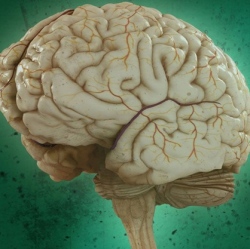
Researchers at the University of Queensland’s Brain Institute hope to trial a planned ultrasound device for humans in two years after the technique was found to work on mice. The drug-free treatment uses ultrasound waves to break apart the neurotoxic amyloid plaques that cause memory loss and cognitive decline.
It is hoped the breakthrough will help in the treatment of sufferers, particularly those diagonised early in the progress of the disease, and open up new avenues in research in both Alzheimer’s and dementia. Research director Professor Jürgen Götz said the new method could revolutionise Alzheimer’s treatment by restoring memory.
“We’re extremely excited by this innovation of treating Alzheimer’s without using drug therapeutics,” Professor Götz said. “The ultrasound waves oscillate tremendously quickly, activating microglial cells that digest and remove the amyloid plaques that destroy brain synapses.
The approach is able to temporarily open the blood-brain barrier, activating mechanisms that clear toxic protein clumps and restoring memory functions. “With our approach the blood-brain barrier’s opening is only temporary for a few hours, so it quickly restores its protective role,” Professor Götz said.
“The word ‘breakthrough’ is often misused, but in this case I think this really does fundamentally change our understanding of how to treat this disease, and I foresee a great future for this approach.” Alzheimer’s affects more than two-thirds of dementia patients.
